
Simple audio mixer circuit with fet 2N3819
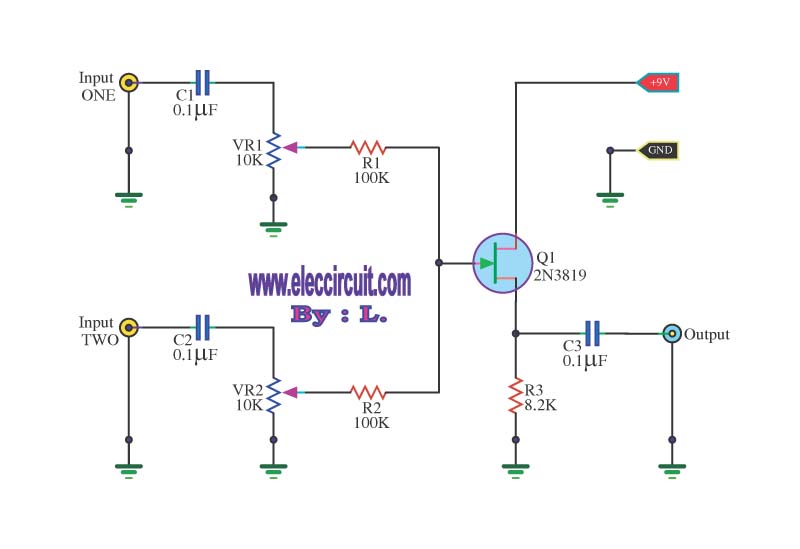
This circuit is a simple mixer circuit that can mix two signal channels into one output channel. It utilizes a codec circuit to convert stereo audio to mono audio. The main component in this circuit is a FET, specifically the 2N3819, which offers high input impedance and high gain, resulting in low noise levels. Additionally, the circuit can accommodate an increased number of channels by incorporating a variable resistor (VR1), resistor (R1), and capacitor (C1) as needed. The circuit operates with a low current consumption, making it suitable for use with 9-volt batteries. When a voice signal is input through either input 1 or input 2, the audio signals pass through capacitors C1 and C2 for coupling, allowing adjustments via variable resistors VR1 and VR2 before reaching the FET Q1. The FET then amplifies the audio signal, which is further coupled through capacitor C3 before being output. For applications requiring higher gain than what the FET provides, an operational amplifier (OP-AMP) IC such as the LF353 can be utilized. The LF353 contains JFETs, offering similar characteristics to the common FET but with enhanced gain due to its internal components. However, the LF353 may be more costly in some applications. This circuit represents a straightforward 4-channel audio mixer, with the LF353 serving as the primary component, allowing for the combination of signals from multiple channels while maintaining low noise levels.
The circuit design begins with the integration of two audio input channels, which are fed into the mixer. Each input channel is connected to its respective coupling capacitor (C1 for input 1 and C2 for input 2). These capacitors serve to block any DC component while allowing the AC audio signals to pass through. The variable resistors (VR1 and VR2) are strategically placed to enable fine-tuning of the audio levels from each input before they are fed into the FET Q1.
The choice of the 2N3819 FET is significant due to its high input impedance, which prevents loading down the audio sources and maintains signal integrity. The low noise characteristics of this FET make it ideal for audio applications, ensuring that the final output is clean and free from unwanted interference. The output from the FET is then coupled through capacitor C3, which again serves to block any DC offset before sending the audio signal to the output stage.
For scenarios where greater amplification is desired, the LF353 operational amplifier can be introduced into the circuit. The LF353's internal JFETs provide excellent input characteristics, making it suitable for audio applications where low noise and high gain are critical. The use of an OP-AMP allows for more complex signal processing capabilities, enabling the circuit to handle a wider range of audio signals and levels effectively.
Overall, this simple mixer circuit demonstrates fundamental principles of audio signal processing, providing a reliable solution for combining multiple audio sources while maintaining high fidelity and low noise. The design can be easily adapted for various applications by modifying component values and configurations to suit specific requirements.This circuit is a simple mixer circuit. It can mix two signal channels and one channel is output. Using a codec circuit, Convert stereo audio to mono audio time. -In circuit a FET number 2N3819 is main, it is better than a common transistors that a high impedane input and high gain too. so cause low noise and. It can increase the number of channels too, By adding a VR1, R1 and C1 to the amount needed. Then connected to Buffett a new one. Most importantly is eating circuit current is very low. Can use with 9-volt batteries immediately. When entering voice signal, one of input 1 and input 2. Audio is via C1 and C2 of each channel, served coupling signals to VR1 and VR2. To adjust the audio to the Fet Q1. Which it serves, including audio. Then expand signal the output pin S through C3 For coupling signal again, before leaving to the output. Some time you want high gain than FET, I think an OP-AMP IC is good way for you. The LF353 has JFET within it so very well same common FET but it has many components inside it, makes high gain and better than 2N3819 but in normal using we may need it because too cost in some places.
This is a very simple 4-channel audio mixer. We used a number IC of LF353 is the main equipment, the function of each channel combined with upper signal level. They is low noise for J-fet op-amp IC (NO. View to LF353) 🔗 External reference
The circuit design begins with the integration of two audio input channels, which are fed into the mixer. Each input channel is connected to its respective coupling capacitor (C1 for input 1 and C2 for input 2). These capacitors serve to block any DC component while allowing the AC audio signals to pass through. The variable resistors (VR1 and VR2) are strategically placed to enable fine-tuning of the audio levels from each input before they are fed into the FET Q1.
The choice of the 2N3819 FET is significant due to its high input impedance, which prevents loading down the audio sources and maintains signal integrity. The low noise characteristics of this FET make it ideal for audio applications, ensuring that the final output is clean and free from unwanted interference. The output from the FET is then coupled through capacitor C3, which again serves to block any DC offset before sending the audio signal to the output stage.
For scenarios where greater amplification is desired, the LF353 operational amplifier can be introduced into the circuit. The LF353's internal JFETs provide excellent input characteristics, making it suitable for audio applications where low noise and high gain are critical. The use of an OP-AMP allows for more complex signal processing capabilities, enabling the circuit to handle a wider range of audio signals and levels effectively.
Overall, this simple mixer circuit demonstrates fundamental principles of audio signal processing, providing a reliable solution for combining multiple audio sources while maintaining high fidelity and low noise. The design can be easily adapted for various applications by modifying component values and configurations to suit specific requirements.This circuit is a simple mixer circuit. It can mix two signal channels and one channel is output. Using a codec circuit, Convert stereo audio to mono audio time. -In circuit a FET number 2N3819 is main, it is better than a common transistors that a high impedane input and high gain too. so cause low noise and. It can increase the number of channels too, By adding a VR1, R1 and C1 to the amount needed. Then connected to Buffett a new one. Most importantly is eating circuit current is very low. Can use with 9-volt batteries immediately. When entering voice signal, one of input 1 and input 2. Audio is via C1 and C2 of each channel, served coupling signals to VR1 and VR2. To adjust the audio to the Fet Q1. Which it serves, including audio. Then expand signal the output pin S through C3 For coupling signal again, before leaving to the output. Some time you want high gain than FET, I think an OP-AMP IC is good way for you. The LF353 has JFET within it so very well same common FET but it has many components inside it, makes high gain and better than 2N3819 but in normal using we may need it because too cost in some places.
This is a very simple 4-channel audio mixer. We used a number IC of LF353 is the main equipment, the function of each channel combined with upper signal level. They is low noise for J-fet op-amp IC (NO. View to LF353) 🔗 External reference
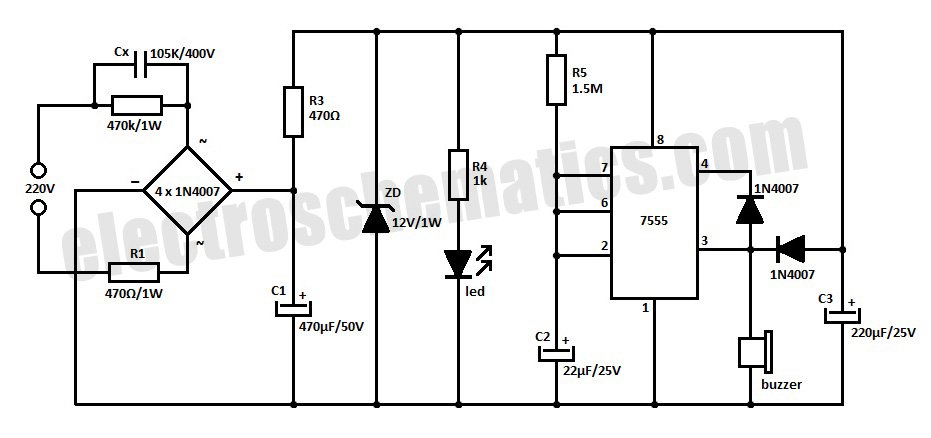
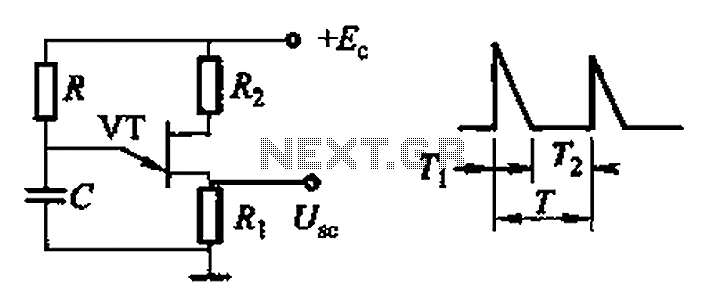
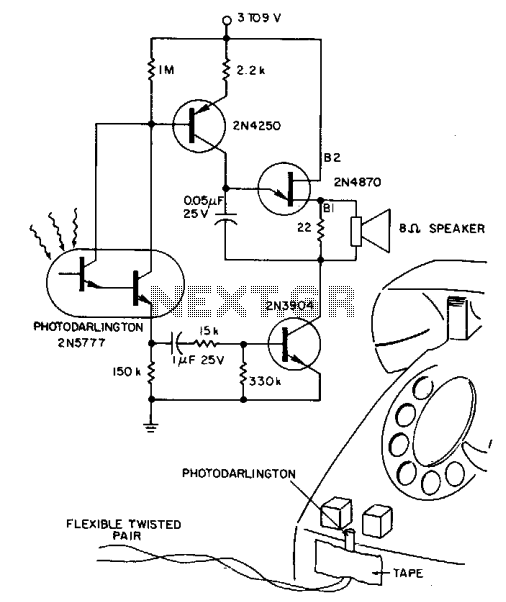
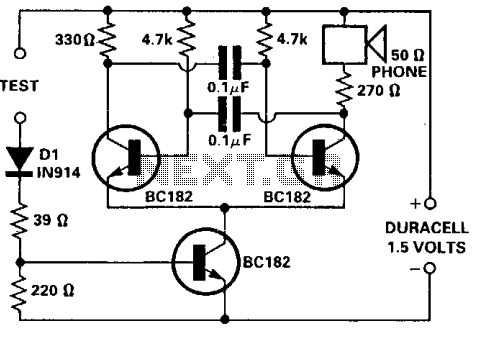
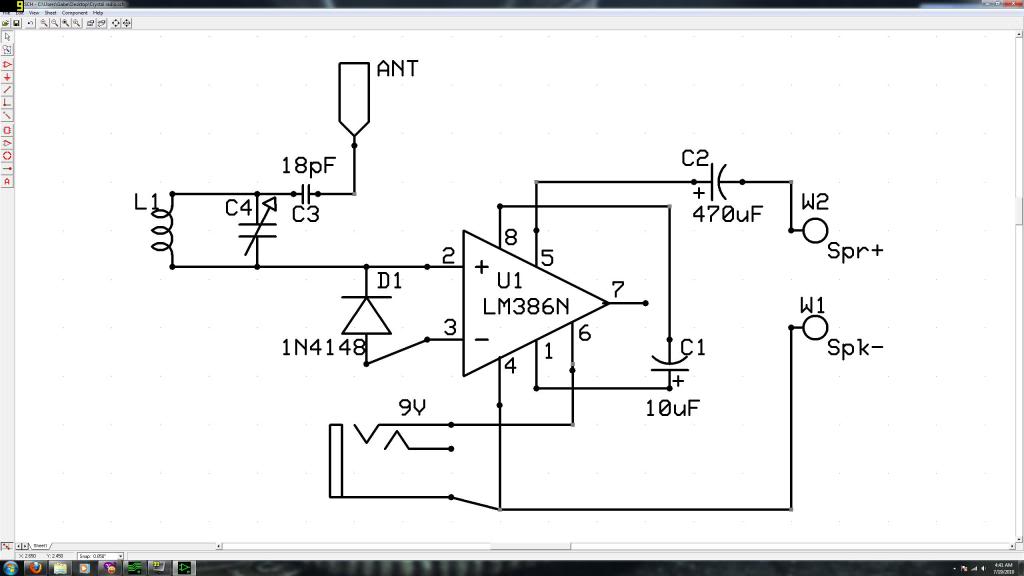
%2Bdecoder%2BCircuit%2Bschematic%2Busing%2BM8870.png)